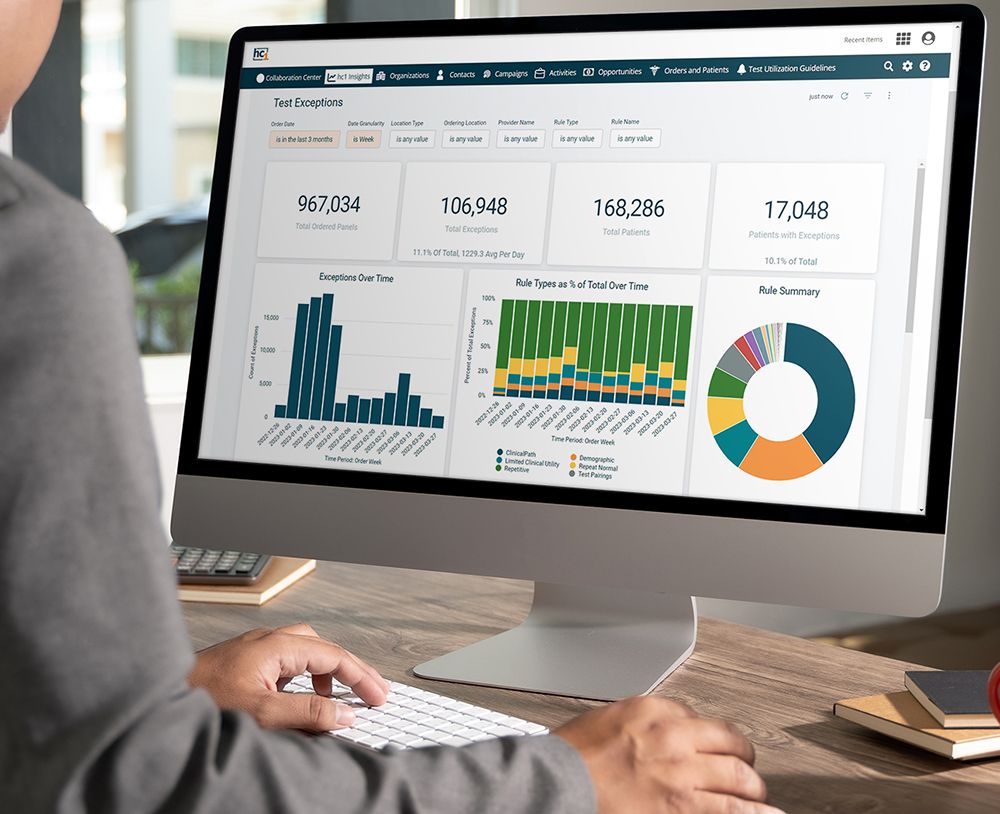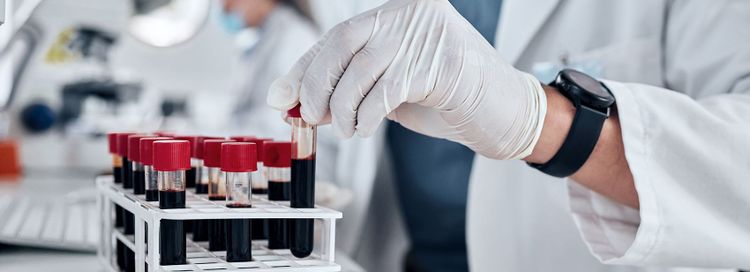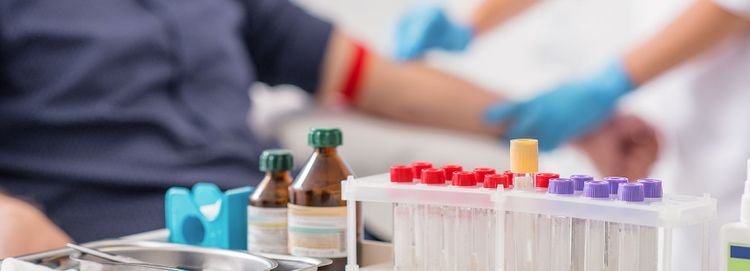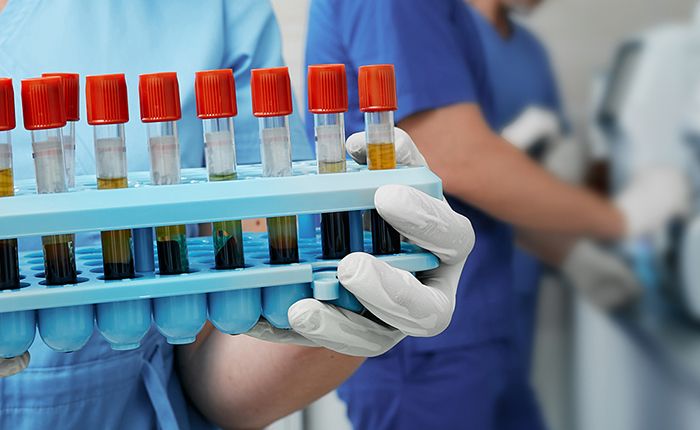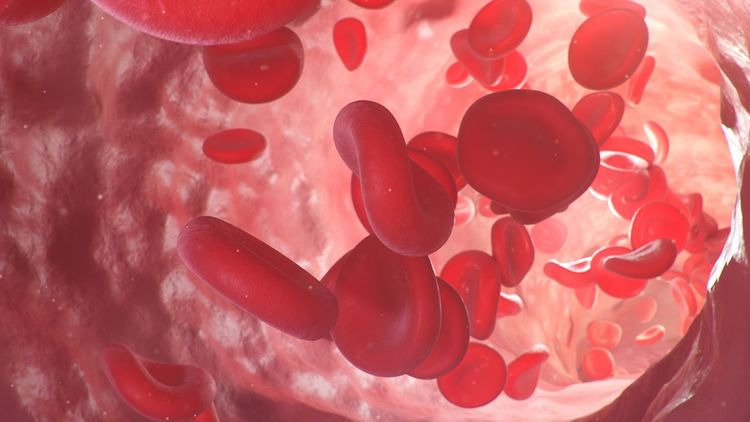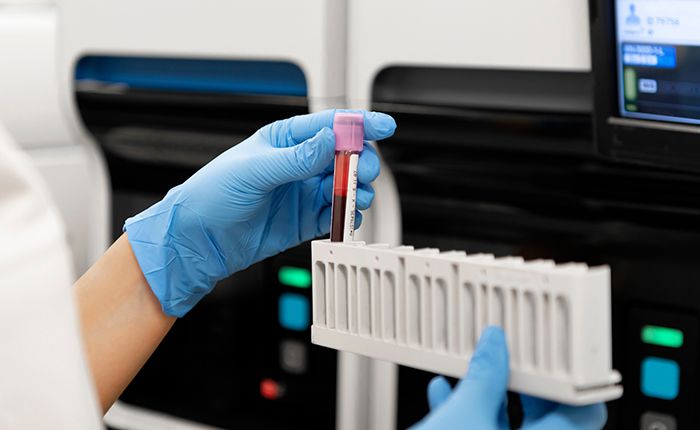January 24, 2024
Approximately 70 percent of medical decisions are based on pathology and laboratory test results. Studies have shown, however, that 10 to 30 percent of the estimated 13 billion tests performed in the United States each year are either unnecessary or inappropriate. This over-testing leads to wasted cost and added hardship for the patient, who may also undergo excessive treatment as a result of inappropriate testing.
Health systems that are taking action to reduce the amount of unnecessary and inappropriate laboratory testing are saving millions of dollars.
Cleveland Clinic saved $5.9 million over eight years by avoiding more than 209,000 unnecessary tests. They were able to achieve these savings through automated notifications at the point of ordering. Their efforts included hard stop alerts to block repeat orders for tests that are never needed more than once in 24 hours and soft stop alerts that notify the provider when they are attempting to place a duplicate order and showing the previous results.
The University of Virginia Health System realized an annual savings of $61,524 on C. difficile testing alone after implementing a computerized clinical decision support (CCDS) tool to help clinicians determine the right time to order the right test. An internal audit prior to use of the tool showed that up to 67 percent of hospital-onset C. difficile infection cases did not have an indication for C. difficile testing.
Test Utilization is key to reducing costs
Between out-of-control healthcare spending and pressure to combat staff and supply shortages, health system labs need a simple way to reduce unnecessary, outdated, high-cost, low-value test orders.
The savings that can be realized through implementing an effective utilization program can more than compensate for the expense of putting the appropriate resources and team in place. Estimates project that healthcare systems could reduce costs of up to $5 billion per year if they were just to eliminate redundant tests.
Eliminate wasteful testing with hc1 Test Utilization™
Leveraging usage data and automated decision support greatly reduces unnecessary test orders and costs. However, data siloed across disconnected systems that don’t communicate well with one another can make test utilization improvement efforts a laborious and time-consuming process that lab leaders don’t have the resources to manage.
hc1’s Test Utilization™ combines a comprehensive, customizable utilization engine with real-time insights to help labs reduce unnecessary, outdated, high-cost and low-cost value test orders. With a view into where and how often specific types of misutilization are occurring, lab leaders can target change across their organization and lower costs.
A few key features of hc1 Test Utilization that put the control in the hands of lab decision-makers are
Shift from historical practice to best practice
Start from a core set of testing guidelines based on Choosing Wisely® recommendations, then customize them to fit your needs.
Ability to monitor utilization trends in real time
Uncover where and how often misutilization occurs to identify room for improvement and take targeted action.
Target and track the highest-cost testing
See which rules, types of rules, providers and locations are responsible for the most spending on unnecessary testing.
Driving change across your organization
Gain a clear view of ordering patterns throughout your organization, target change and monitor ordering behavior over time.
See how we can help you eliminate wasteful testing
Request a demo to see how hc1 Test Utilization can help your lab and health system save money!
_______________________________________________________________________
Lauren VanDenBoom, vice president of marketing at hc1 Insights, leads hc1's marketing team in their efforts to advance awareness of hc1's unique capabilities and vision. Lauren's background includes more than 18 years of lab industry marketing and communications, including key marketing roles in toxicology and women's health-focused laboratories.


